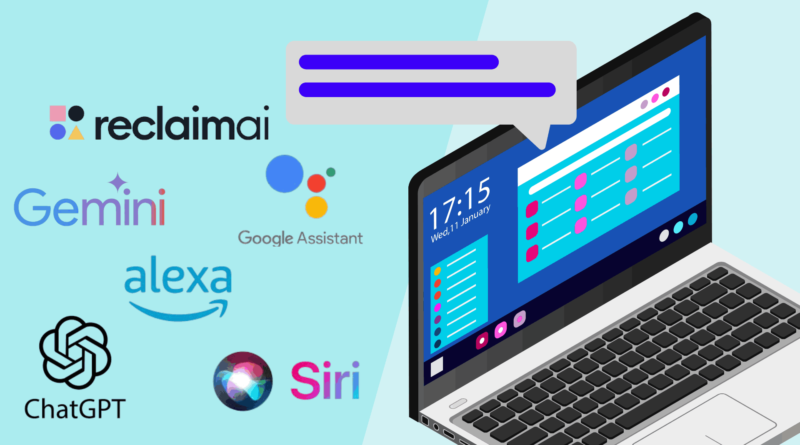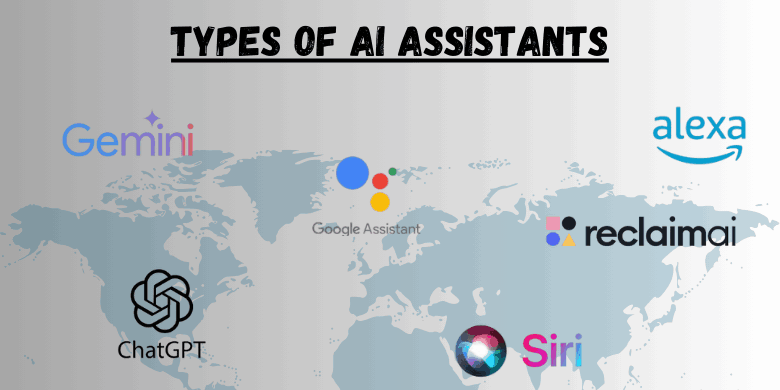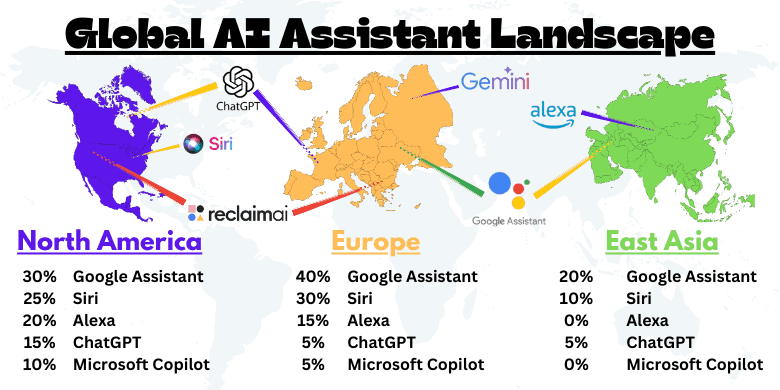5 Best IT Courses, Plenty of Opportunities and Incredible Salary
5 Best IT Courses, Plenty of Opportunities and Incredible Salary |
Information technology is a rapidly growing sector. In some fields of IT, success in a career can be achieved by completing professional courses, certificate courses, or diploma courses. Let’s learn about 5 such courses today
Artificial IntelligenceCourse Details: |
Artificial Intelligence (AI) is an area of computer science. It involves creating machines that can work like humans. These intelligent machines perform tasks such as planning, speech recognition, learning, and problem-solving exceptionally well. Siri is a great example of artificial intelligence.
Subject: If you want to build a career in artificial intelligence, you should study subjects like mathematics, psychology, and sciences such as physics and biology. Additionally, learning some basic programming languages will also be beneficial.
Where to do the course: IIT Bombay, IIT Madras, ISI Kolkata, University of Hyderabad and IISc Bangalore.
What jobs can one do: Computer Scientist, Game Programmer, Software Engineer, and Robotic Scientist.
5 Best IT Courses, Plenty of Opportunities and Incredible Salary |

Cyber Security Course Detail: |
While the internet and technology have revolutionized our lives, they have also brought certain dangers. In recent days, there has been an increase in cases of hacking into computers, meaning that someone else can access your system’s information. This not only poses a threat to specific individuals or companies but also to the country. Therefore, in today’s time, the government and organizations are taking cyber security very seriously, and there is a high demand for professionals in this field.
Subject: In fact, specialized degree courses are offered in cyber security. However, to build a career in this field, a B.Tech in Computer Science and Engineering, along with specialization in Cyber Security and Forensics, will be very beneficial.
What jobs can be done: Information Security Analyst, Security Administrator, Software Developer, Cyber Policy Analyst, etc.
Salary: Freshers in this field get a salary package of 4 to 5 lakhs.
| 5 Best IT Courses, Plenty of Opportunities and Incredible Salary |
Nanotechnology Course Details: |
Nanotechnology is another field that is becoming quite popular among students. In fact, it involves the study of microscopic things. Nanotechnology provides attractive opportunities in fields like food and beverage, medicine, agriculture, biotechnology, space research, etc. The starting salary in this field ranges between 20,000 to 35,000.
Cloud Computing Course Details : |
 Cloud computing is a technology that provides us with virtual resources over the internet.
Cloud computing is a technology that provides us with virtual resources over the internet.
Subject: Students who have a degree in Computer Science, Engineering, etc., can easily build a career in this field. Generally, obtaining a cloud computing certification is the best way to enter this field.
What jobs can be done: Software Architect, IT Architect, Technical Consultant, Cloud Software Engineer, etc.
Salary: Annual package ranging from 5 lakhs to 20 lakhs rupees.
Graphics Designing Course Details: |

Graphics designing is a very broad and interesting field. The job of a graphic designer is to make programs attractive. Graphic design is the art of effectively conveying a message to people through text and graphics. This message can be in the form of graphics, logos, brochures, newsletters, posters, or any other format.
Subject: You can pursue certificate courses, diploma courses, or bachelor’s, master’s, and doctorate degrees in this field.
Institutions: National Institute of Design, New Delhi, Indian Institute of Technology (IIT), Kanpur, Industrial Design Centre (IIT Bombay), Mumbai, MIT Institute of Design, Pune, Symbiosis Institute of Design, Pune, Wigan and Leigh College (WLCI), New Delhi, etc.


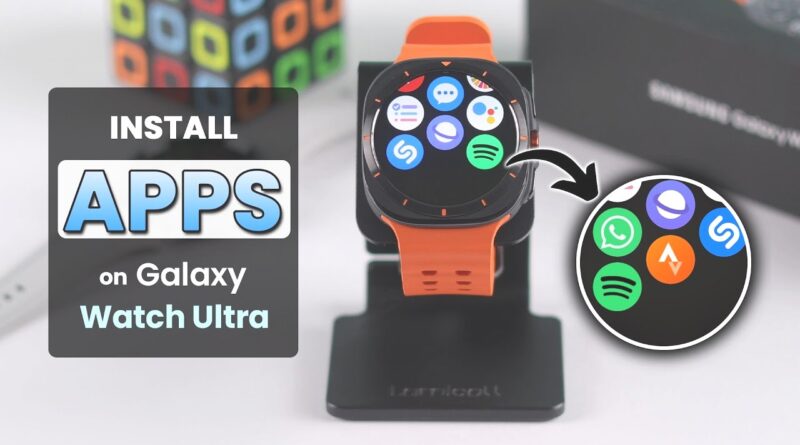
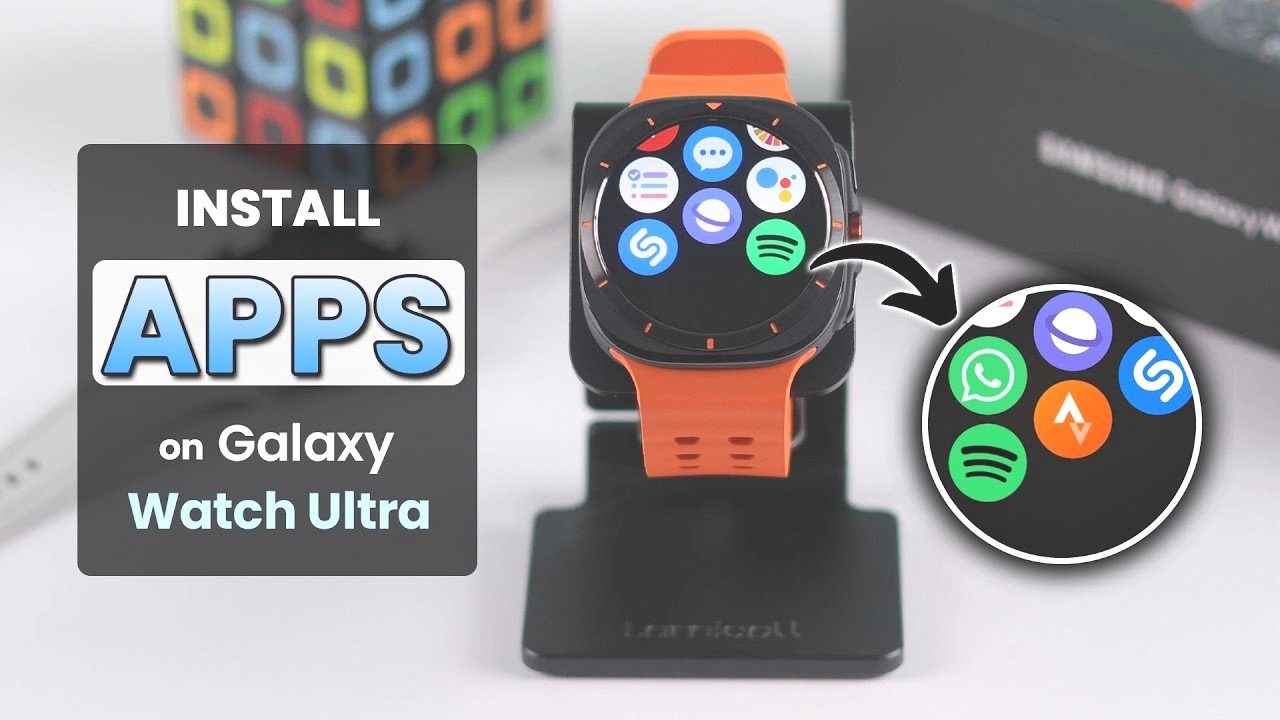









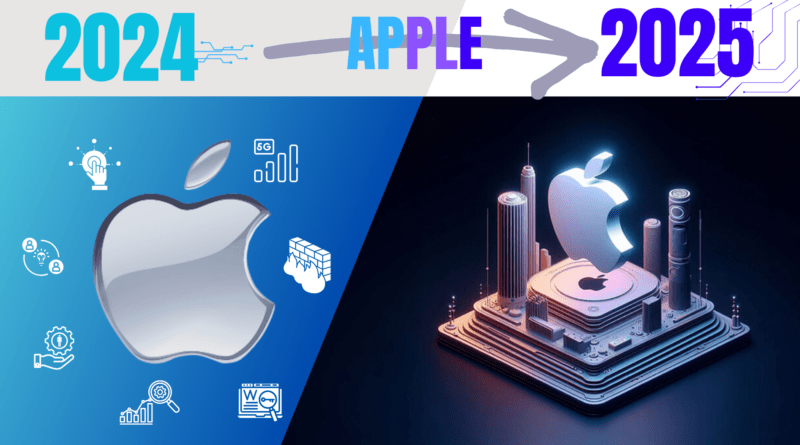
 Apple is evolving from a hardware-focused brand to a more services-oriented company, integrating artificial intelligence (AI), augmented reality (AR), and sustainability into its products. Apple’s 2025 strategy revolves around delivering superior user experiences while focusing on privacy and environmental impact.
Apple is evolving from a hardware-focused brand to a more services-oriented company, integrating artificial intelligence (AI), augmented reality (AR), and sustainability into its products. Apple’s 2025 strategy revolves around delivering superior user experiences while focusing on privacy and environmental impact.
